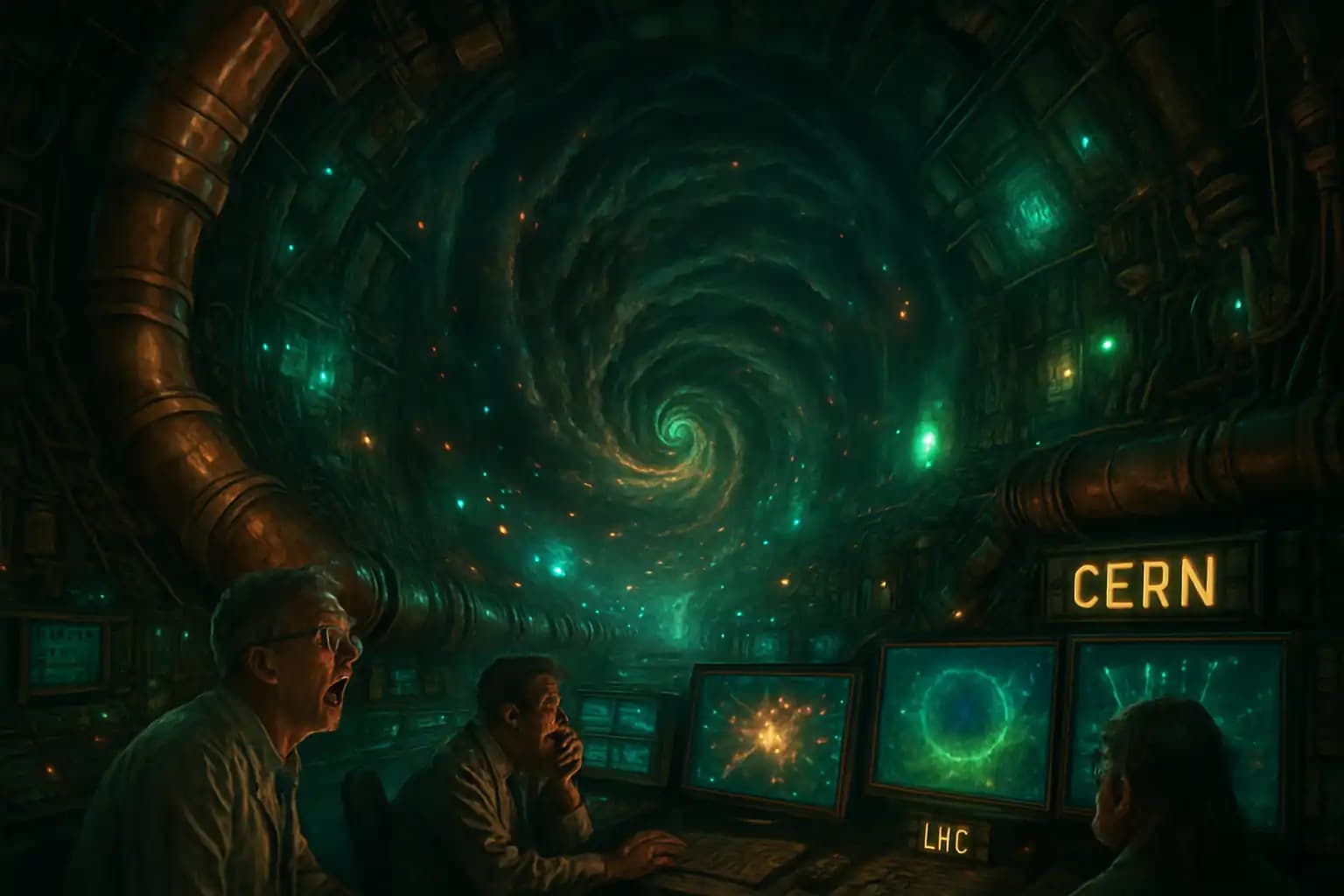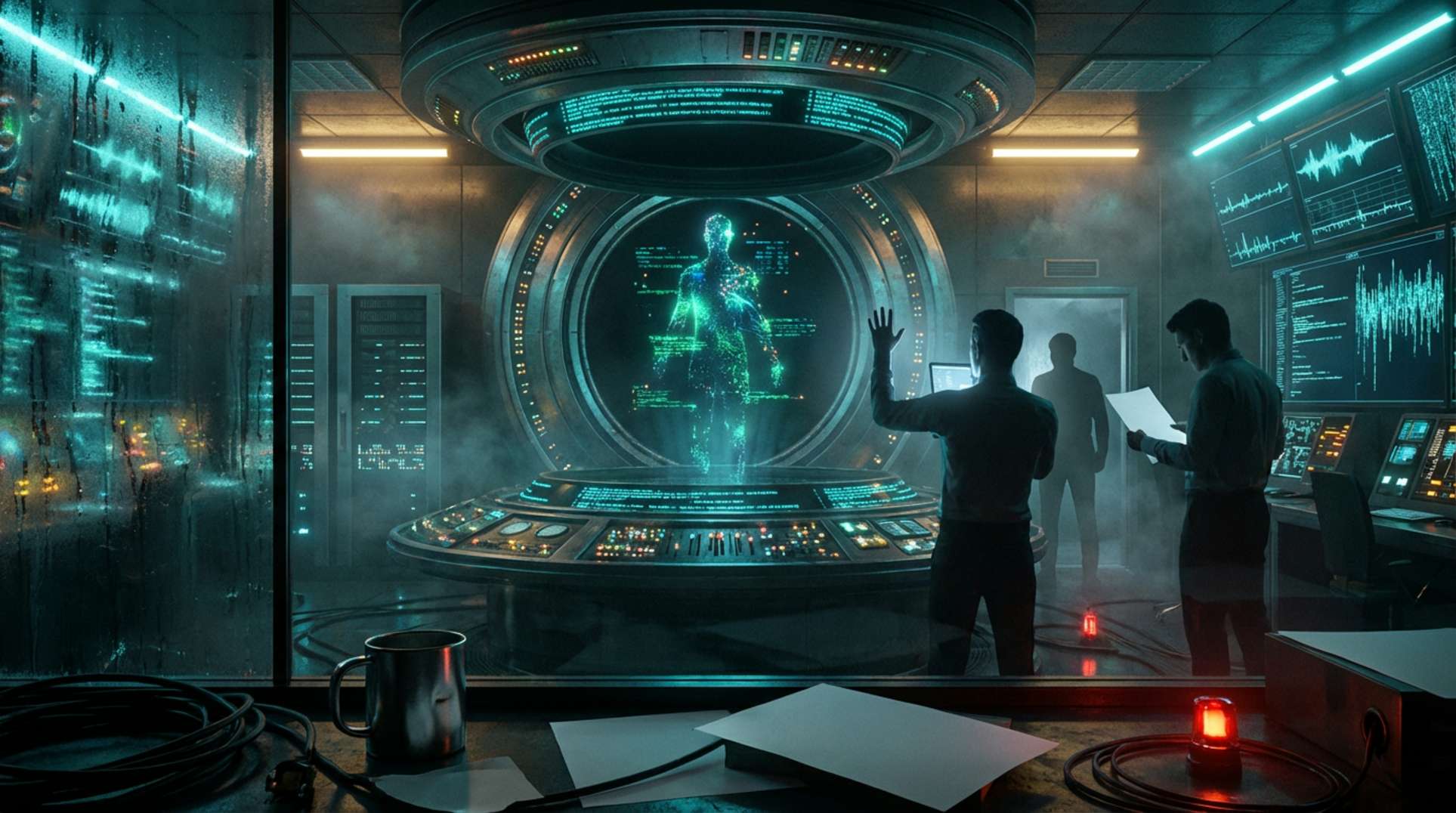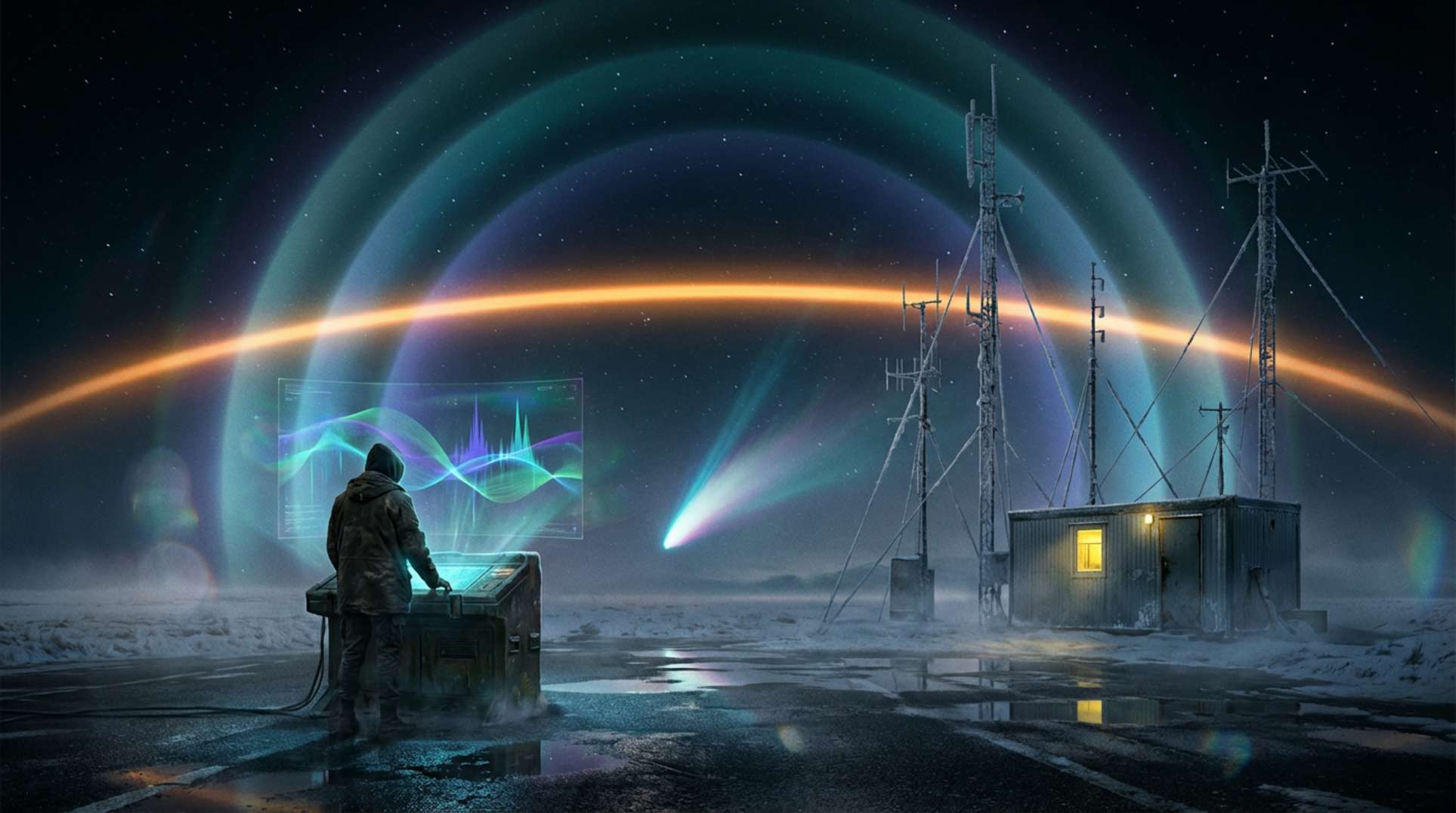Headlines announce portals, new physics, and scientific hubris—but what really happened in the tunnels beneath Geneva? In 2024, the European Organization for Nuclear Research (CERN) operates the largest particle collider on Earth, revealing results that are electrifying and, according to some dark corners of the internet, terrifying. The collision of myth, media, and scientific breakthroughs offers a compelling narrative.
Let’s explore CERN’s Large Hadron Collider (LHC), how these results challenge our understanding of the universe, and whether fears about “terrifying” discoveries are justified or merely clickbait for the apocalypse-minded.
Unveiling Exotic Matter: The New Particle Discoveries at CERN
Forget your backyard chemistry set—CERN smashes protons at energies unseen since the dawn of the cosmos. This year, it announced three never-before-seen exotic particles, including new varieties of pentaquarks and tetraquarks. These results validate predictions of the Standard Model while hinting at gaps in our fundamental physics. Moreover, whispers in the research community suggest this could be just the tip of the iceberg, with even more exotic forms of matter hidden in the data.
Of course, new particles don’t come without caveats. As the deeper scientific discussions indicate, these findings stretch theoretical models, raising questions about extra dimensions, new fields, and the stability of matter. Some argue these discoveries might unlock the mystery of dark matter—one of the universe’s greatest quandaries. Others wonder if we are venturing into realms best left unexplored, reminiscent of paranoid mathematical prophecies or ancient myths about chaos.
Fear and Fascination: Black Holes, Portals, and Public Imagination
Public anxiety about CERN is not unfounded. “What if the LHC creates a miniature black hole?” It resonates with existential risks highlighted by scientists. This speculation isn’t just from YouTube sensationalists—real physicists like Brian Cox clarify these fears, asserting that while the LHC operates at impressive energies, they remain dwarfed by cosmic rays striking Earth daily.
The legacy of the Higgs boson and our accumulating list of particle discoveries trigger both wonder and dread. If you envision wild-eyed researchers opening portals to other dimensions, understand that this is largely Hollywood fantasy. However, some “terrifying” new data, discussed in a perspective thread and historical recaps, illustrate that every groundbreaking experiment carries unforeseen risks and rewards. This duality is nothing new—every venture into the unknown evokes both curiosity and caution.
Shifting Physics and Existential Anxieties
What truly unnerves professional physicists is the potential to upend the Standard Model entirely. Reports on new composite particles indicate that results from CERN might rewrite textbooks, spark safety debates, and resurrect discussions about the universe’s fate. Could we inadvertently trigger cosmic processes we barely understand? Similar uncertainties have fueled policy discussions about technology, including the nuclear EMP threats detailed in this EMP catastrophe scenario and concerns about civilization’s resilience against unknowns explored in magnetic flip investigations.
When physics dips into metaphysics, creativity flourishes, leading to ideas like simulation theory and cosmic resets. If only Isaac Newton could witness our anxieties about colliding atomic nuclei doing more than illuminating nature’s building blocks.
Grounded Science and Why You Should (Mostly) Relax
At its essence, CERN embodies a triumph of international cooperation and curiosity, highlighted in its Wikipedia profile. While sensational headlines might attract clicks, every groundbreaking discovery elevates human knowledge, revealing not monsters in the lab, but novel insights into nature’s profound mechanisms. Beneath the sensationalism, researchers meticulously examine matter, driven by a blend of professional caution and the enduring wonder reflected in the history of scientific revolutions. This is further illuminated in public discussions like earthquake-solar trigger studies and significant cosmic events documented in solar storm risk analysis.
CERN’s recent findings have yet to summon the end times. If you’re keen to peer behind the scientific curtain, eschew the tinfoil and immerse yourself in the actual mysteries at Unexplained.co. In the end, the only true concern might be our limited understanding and the vast expanse of knowledge still to uncover.





